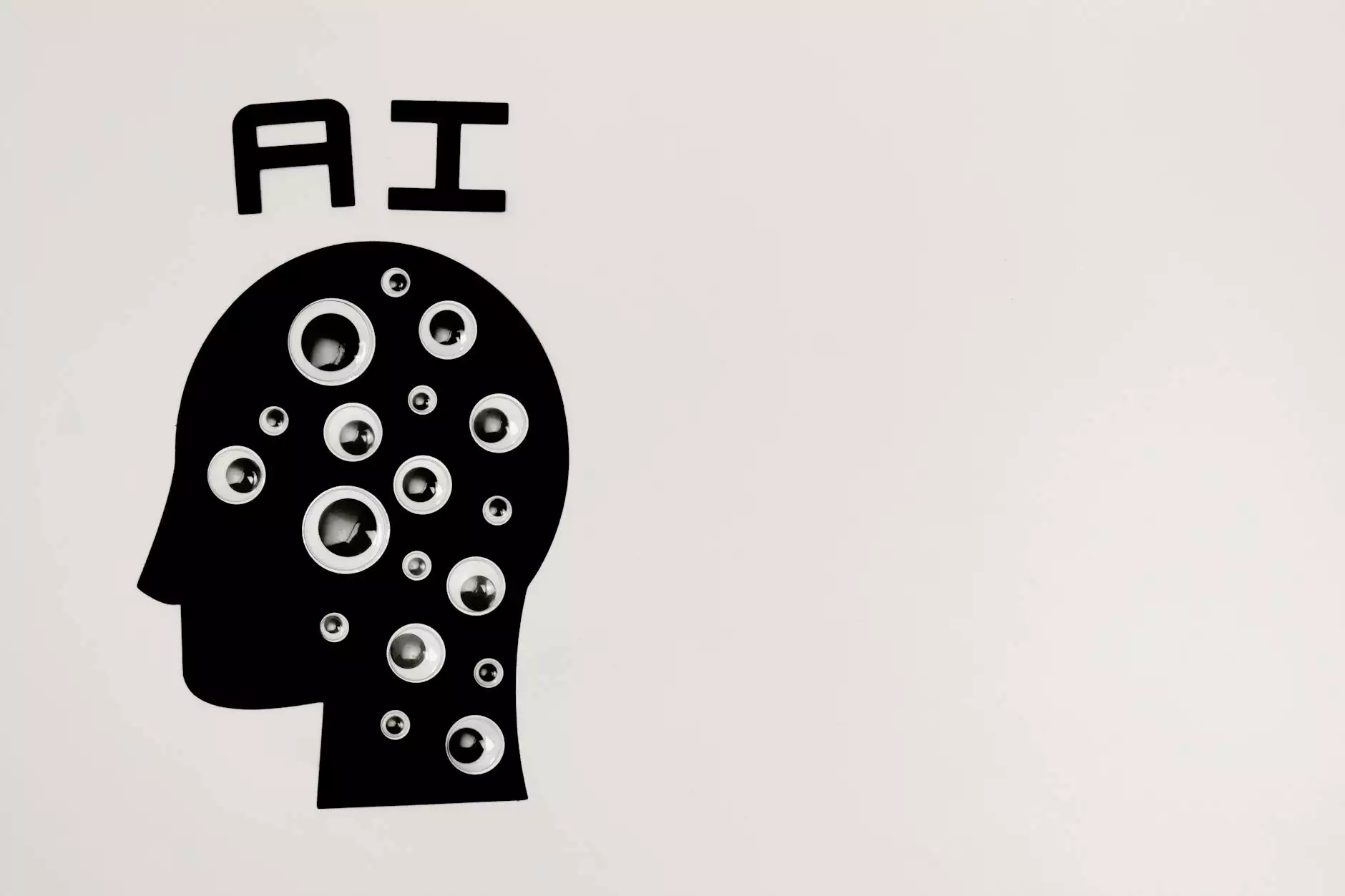The Cylinder Head in Engine Functionality and Performance

The cylinder head in engine design serves as one of the most crucial components in both gasoline and diesel engines. It plays a pivotal role in the engine's overall functionality, impacting everything from power output to fuel efficiency. For businesses involved in the automotive and diesel engine parts market, understanding the intricacies of the cylinder head can foster better product offerings and improve customer satisfaction.
What is a Cylinder Head?
The cylinder head is the component that sits atop the engine block and seals the combustion chamber. It forms a barrier that hosts vital parts of the engine including valves, spark plugs (in gasoline engines), and fuel injectors (in diesel engines). The cylinder head is designed to withstand high temperatures and pressures, making it resilient against the harsh conditions generated during combustion.
The Importance of the Cylinder Head
Understanding the importance of the cylinder head in engine functionality can help businesses target their products more effectively. Here are the primary roles that this engine component plays:
- Sealing the Combustion Chamber: The cylinder head forms a critical seal that contains the pressure generated during the combustion process.
- Housing Valves: It contains the intake and exhaust valves that control the flow of air and fuel, as well as the exit of exhaust gases.
- Heat Dissipation: Transferring heat away from the combustion chamber is essential. The cylinder head helps to maintain optimal operating temperatures.
- Supporting Components: In addition to valves, the cylinder head supports other essential components like the camshaft, fuel injectors, and spark plugs.
Types of Cylinder Heads
There are various types of cylinder heads used in engines, and their design can significantly influence engine performance. Here are some common types:
- Flat Cylinder Heads: Known for their simple design and low-profile, these heads are prevalent in many older models and lighter vehicles.
- Dome Cylinder Heads: These heads are designed for high-performance applications, enhancing compression ratios and facilitating better airflow.
- Wedge Cylinder Heads: Often found in V8 engines, these are designed for a compact combustion chamber that promotes efficient power generation.
- Crossflow Heads: These allow for better airflow by positioning the intake and exhaust ports on opposite sides, thus improving performance.
The Materials Used in Cylinder Heads
The durability and efficiency of the cylinder head in engine performance greatly depend on the materials used in its manufacturing. Common materials include:
- Aluminum: Lightweight and offers excellent thermal conductivity, aluminum is frequently used in modern engines.
- Cast Iron: Known for its durability, cast iron is often used for heavy-duty applications, providing robust wear resistance.
- Alloy Composites: Newer engines may use composite materials that combine the benefits of different metal alloys to optimize performance.
How the Cylinder Head Influences Engine Performance
The interaction of the cylinder head with other engine components dictates overall engine performance. Here are some ways in which it impacts function:
1. Airflow Management
The design and configuration of the cylinder head play a crucial role in managing airflow. This directly affects the engine's ability to breathe and perform efficiently:
- The larger and more efficient the ports, the greater the air-fuel mixture that can enter the combustion chamber.
- Properly designed exhaust ports ensure that exhaust gases exit efficiently, preventing back pressure that can hinder performance.
2. Compression Ratio
The shape and volume of the combustion chamber within the cylinder head influence the compression ratio, which is vital for engine efficiency:
- A higher compression ratio usually leads to more power and efficiency, although it requires high-octane fuel.
- Low compression ratios may reduce power but allow for the use of lower-quality fuels.
3. Thermal Management
Effective heat dissipation is essential to prevent engine overheating. The cylinder head’s material and design enable proper heat distribution:
- Aluminum heads can dissipate heat quickly, helping to maintain thermal stability during operation.
- Cooling channels often integrated into the design promote efficient cooling and overall engine longevity.
Common Issues with Cylinder Heads
Understanding common issues related to the cylinder head in engine design is crucial for businesses that supply diesel engine parts. Typical problems include:
- Cracks: High temperatures can lead to cracks in the cylinder head, leaking coolant or causing loss of compression.
- Warping: Excessive heat can warp the cylinder head, which affects sealing surfaces and can lead to poor engine performance.
- Corrosion: Engine coolant can cause corrosion, particularly in aluminum heads, leading to costly repairs.
Replacement and Maintenance
For businesses that function as spare parts suppliers for diesel engines, understanding the maintenance and replacement needs of cylinder heads is vital:
1. Signs of Cylinder Head Failure
Knowing the signs of cylinder head failure helps in timely maintenance and replacement:
- Overheating: If the engine is running hotter than normal, it could indicate an issue with the cylinder head.
- Loss of Power: A significant decrease in engine performance can signal cylinder head problems.
- Fluid Leaks: Coolant leaks or oil seepage may indicate a failure in the head gasket or the cylinder head itself.
2. Choosing Quality Replacement Parts
For suppliers like client-diesel.com, providing high-quality cylinder heads is paramount. Here’s what to consider when sourcing replacements:
- Manufacturing Standards: Ensure that suppliers adhere to rigorous manufacturing standards.
- Material Quality: Use durable materials that can withstand high-performance conditions.
- Warranty and Support: Offer reliable warranties and customer support to build trust with clients.
The Future of Cylinder Heads in Diesel Engines
The evolution of diesel engines continues to drive innovations in cylinder head design and technology:
- Integrated Technologies: Future designs may incorporate sensors and electronic controls that optimize performance in real-time.
- Weight Reduction: Advances in materials will lead to lighter heads that improve overall engine efficiency.
- Environmental Impact: As emissions regulations tighten, there will be an increased focus on how cylinder head design can reduce emissions and improve fuel economy.
Conclusion
In conclusion, the cylinder head in engine performance is an essential topic for understanding the complexities of engine operation and efficiency. For businesses in the diesel engine parts market, focusing on the quality and design of cylinder heads will not only enhance performance but also meet the evolving expectations of consumers. By providing detailed knowledge about the role, types, and maintenance of cylinder heads, suppliers like client-diesel.com can position themselves as experts in the industry, fostering trust and loyalty with their customers.
Continuous research and development in this area will drive the next wave of innovations, improving performance while also adhering to increasingly stringent environmental regulations. For suppliers and manufacturers, embracing these advancements is key to maintaining a competitive edge in the market.









